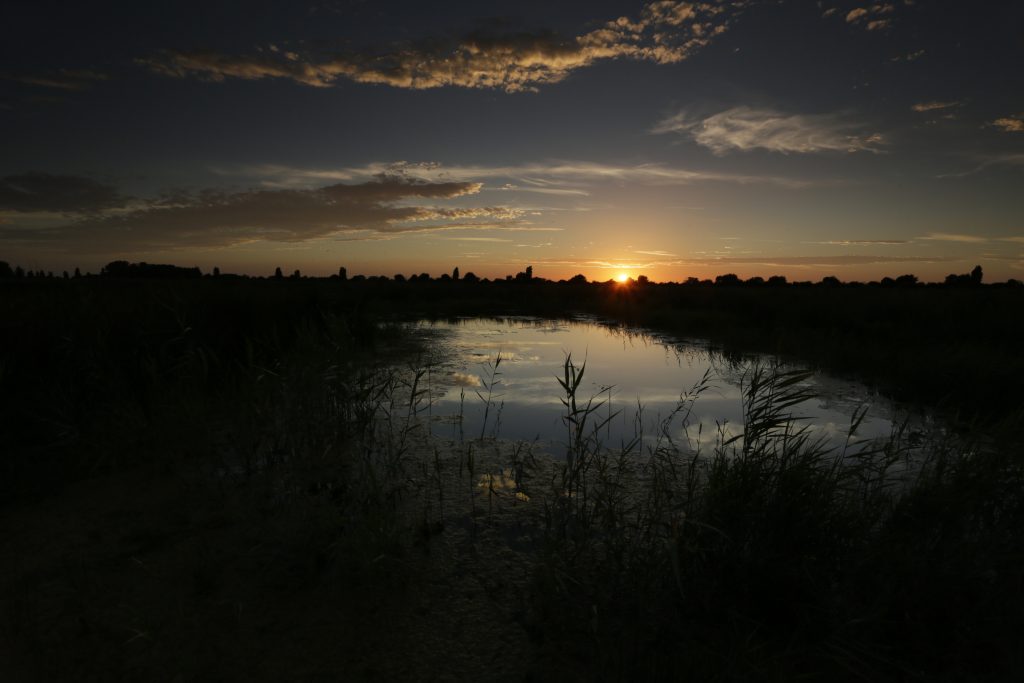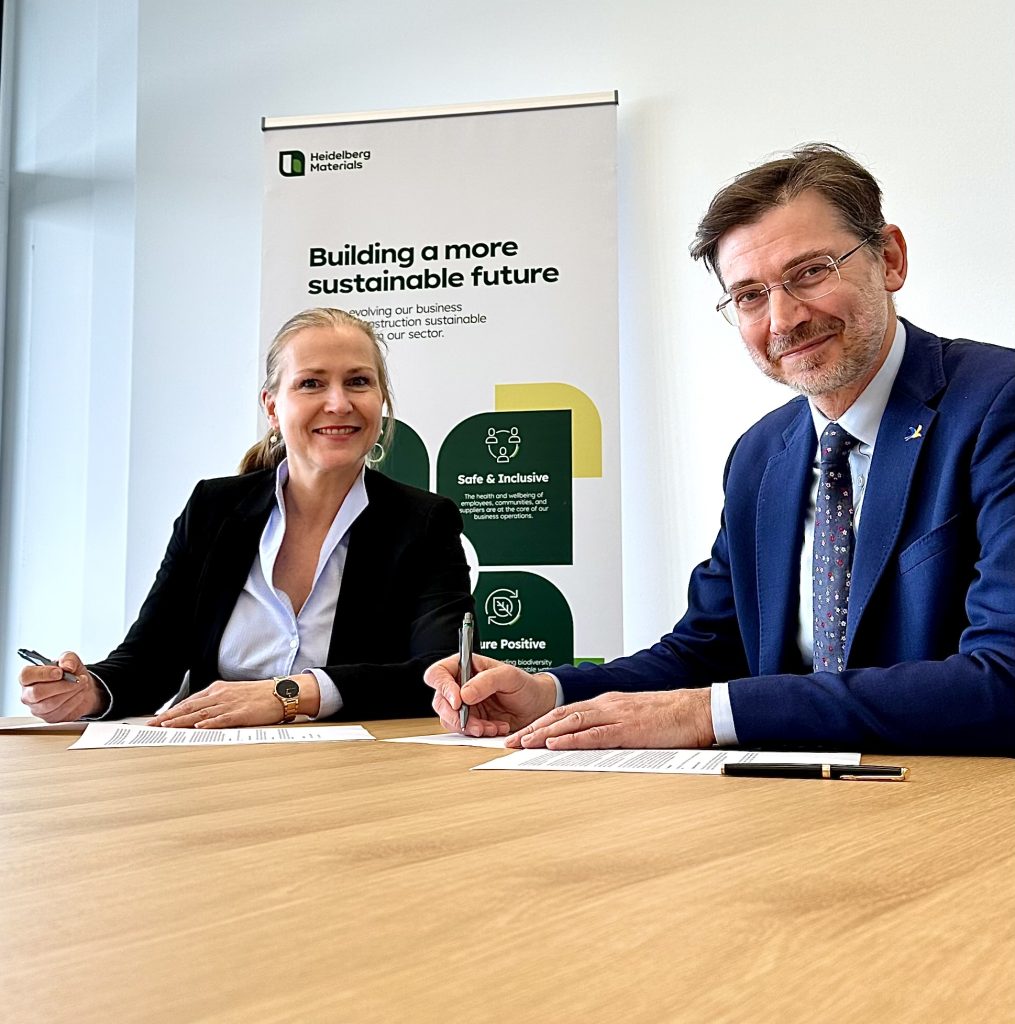Turning cement into luscious wetlands

BirdLife and Heidelberg Materials renew their long-standing partnership to expand their restoration work in quarries globally.
The wind whispers through the waving reeds while a pair of Marsh harriers (Circus aeruginosus) are flying above the reedbed in Ouse Fen. Small amphibians bubble their way through the waters, and a couple of Great bitterns (Botaurus stellaris) walk secretly through the high grass of the flourishing wetlands.
What sounds like a wildlife fairy tale is an extraction site close to Cambridge. The transformed quarry belongs to Heidelberg Materials who have been collaborating with BirdLife since 2011 to help restore quarries and gravel pits. This long-standing partnership has now been renewed to extend the conservation work, assess impact, and set agendas for large-scale conservation plans globally.
Heidelberg Materials is one of the world’s largest building manufacturers. Their cement, asphalt, and ready-mixed concrete are the pillars of houses, infrastructure, and industrial facilities. But to deliver their product a significant land size is needed to extract gravel and limestone. They own over 600 active quarries across 50 countries, ranging in size from a few hectares up to 1000 hectares. In comparison, the Olympic Stadium in London stands on a 40-ha island. Quarries can be massive but also hold a massive opportunity for wildlife.
The company is aware of its impact and has set the ambitious goal to become net positive by 2030. Over the last decade, BirdLife has supported Heidelberg Materials’ plans to restore nature within its quarries by conducting proximity studies and advising on how to create wildlife-friendly spaces. Both also worked together on ground-breaking sector-relevant policies like the Code of Conduct on species protection.
This public-private partnership resulted in an abundance of quarries that were transformed into large wetlands, fishless ponds for amphibians, and grasslands that are now home to rare orchids. The former sand and gravel quarry Ouse Fen gradually transformed into a 700-ha wetland that will provide the largest reedbed in the UK and is not only home to marsh harriers, bearded tits, and otters but also helped to bring back the extremely rare bitterns to the UK.
But restored quarries across all countries offer a vibrant habitat. The closed ENCI quarry in the Netherlands is turned into shrubs and meadows, allowing for an insect-rich environment in which Red-backed shrikes (Lanius collurio) can thrive. The Górażdże gravel pits and its surrounding riverbeds in Poland will be enriched with islands for nesting and breeding birds.
The renewed partnership sets another milestone in recovering nature and comes with new tangible goals that BirdLife will support. Heidelberg Materials has committed to reserving 15% of their active quarries’ surface for nature by 2030.
“With the signing of this new Memorandum of Understanding, we have the opportunity to strengthen our common long-term objectives. Over this next period, focusing especially on restoration, we will be taking major steps towards becoming Biodiversity Net Positive,” says Dr Nicola Kimm, Chief Sustainability Officer and Member of the Managing Board of Heidelberg Materials.
To establish a nature-positive world, collaborations with progressive businesses are important. While it might sound counterintuitive that these two entities work together to regreen and enrich our world again, this partnership has proven that it is not only possible but that quarries can provide a vital foundation for ecosystems.
Thanks to restored wildlife in quarries, shy bitterns that were on the brink of extinction in the UK, had a chance to bounce back. With the renewal of the partnership, the future will hold even more flourishing wetlands, wet and dry heathlands, and dunes filled with rare species. Former quarries are an important wildlife habitat and shelter for species that otherwise would not survive, they are a pillar in nature restoration and a great example of how coexistence between industry and nature is possible through a joint effort.
Cover picture: ©Yves Adams


© Heidelberg Materials
 | Stichting BirdLife Europe gratefully acknowledges financial support from the European Commission. All content and opinions expressed on these pages are solely those of Stichting BirdLife Europe. The European Commission is not responsible for any use that may be made of the information it contains. |






